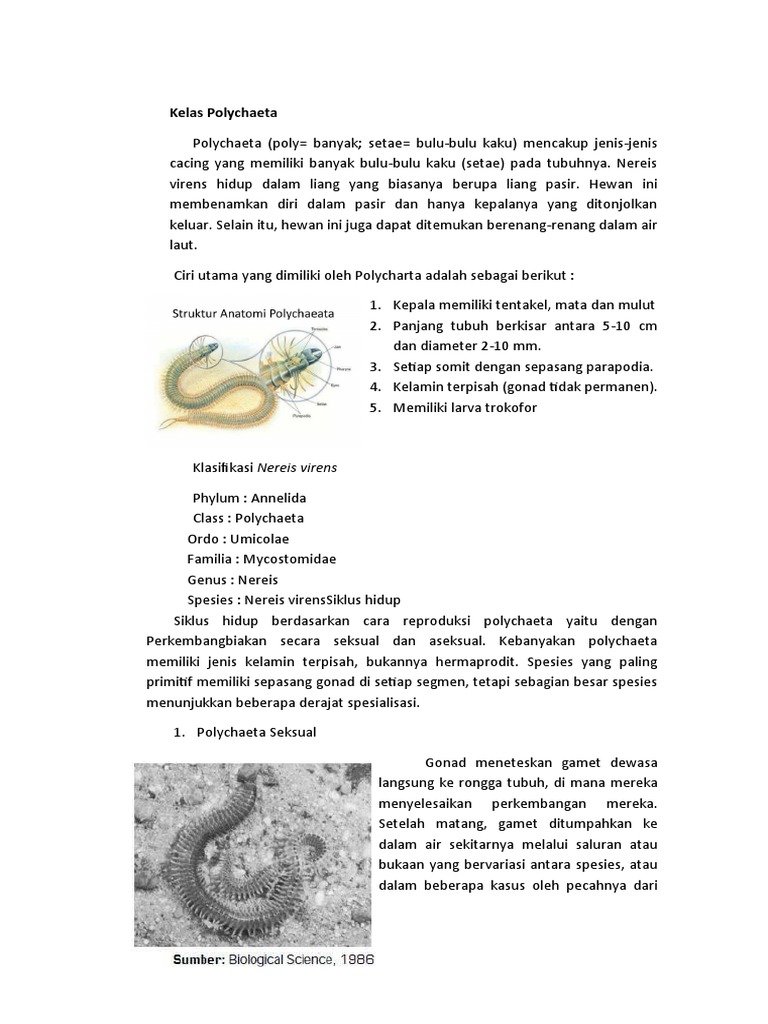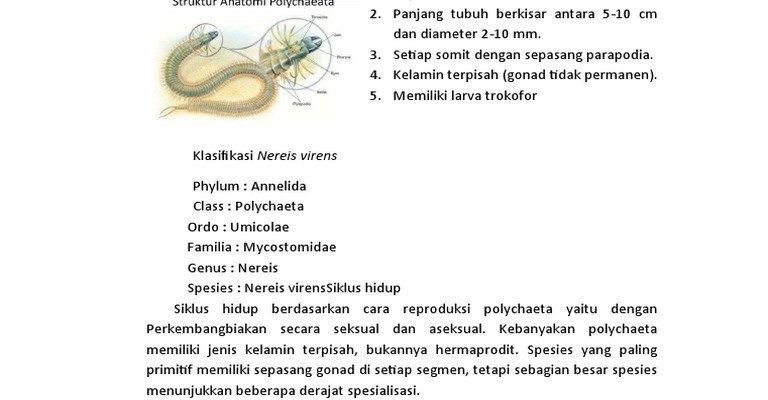
In this article, we’ll discuss their biology, environmental needs, and whether it’s practical to study or farm them. Whether you’re a budding marine biologist or just curious about these unique organisms, this guide is here to help you navigate the waters of Nereis virens in captivity.
What Are Nereis Virens?
Nereis virens are a type of polychaete worm found in various marine environments, especially in sandy and muddy substrates along coastlines. Their elongated bodies, which can reach up to 10 inches long, are segmented and adorned with numerous bristles, making them quite the sight to behold under the microscope. Picture a wiggly, colorful creature that looks more like a living piece of spaghetti than anything else!
These worms are not just visually interesting; they play a crucial role in their habitats. They burrow into the sea floor, aerating the sediment and helping to maintain healthy ecosystems. They also serve as a food source for many marine animals, from fish to seabirds. Their role in the food web makes understanding and studying them even more vital.
Why Study Nereis Virens?
So, you might be wondering, why should anyone care about studying Nereis virens? Well, for starters, they can provide valuable insights into marine environments. Due to their sensitivity to changes in the ecosystem, they act as indicators of environmental health. When scientists study these worms, they can get a clearer picture of the overall condition of coastal waters.
Additionally, researchers can learn a lot about the adaptations and behaviors of these worms. For instance, they have fascinating feeding habits and reproductive strategies that can shed light on how marine organisms survive in various conditions. This knowledge is not just academic; it can have real-world applications in conservation and habitat management.
Lastly, understanding Nereis virens can contribute to aquaculture practices. If we know how to keep these worms happy and healthy, they can be used as bait in fishing or even as a food source for other marine animals. This connectivity within the marine ecosystem showcases the importance of studying ragworms.
Can Nereis Virens Be Kept in Captivity?
Keeping Nereis virens in captivity is possible but comes with its challenges. These worms have specific environmental needs that must be met to thrive outside their natural habitats. First and foremost, they require a saltwater environment that mimics their natural coastal habitat. This means you can’t just toss them in a bucket of tap water and expect them to flourish.
Another essential aspect is the substrate they live in. Nereis virens need a sandy or muddy bottom to burrow, search for food, and reproduce. This means maintaining the right type of aquarium setup is crucial. You’ll want to create a habitat that allows them to behave as they would in the wild.
Moreover, temperature and salinity levels are also important factors. Ideally, you should maintain a temperature around 15-20°C (59-68°F) and a salinity level similar to that of seawater. Keeping an eye on these variables can be the difference between a thriving worm colony and a struggling one.
What Do Nereis Virens Eat?
Feeding Nereis virens is another important factor in keeping them in captivity. These worms are omnivorous scavengers, meaning they’ll munch on a variety of organic matter. In a controlled setting, you can provide them with a diet that includes:
- Decaying plant matter
- Fish scraps
- Commercially available marine worm food
- Pellets designed for marine organisms
It’s essential to strike a balance when feeding them. Too much food can lead to water quality issues, while too little can leave them hungry and stressed. A common approach is to feed them small amounts every few days, observing how they respond to the diet.
In a natural setting, they would consume bacteria, microalgae, and detritus. This scavenging behavior not only supports their health but also contributes to the overall nutrient cycling in the ecosystem. By mimicking this natural diet in captivity, you can help ensure that your Nereis virens remain healthy and active.
Challenges of Farming Nereis Virens
While farming Nereis virens is an enticing idea, it’s not without its challenges. One of the biggest hurdles is replicating their natural environment accurately. As we discussed earlier, this includes maintaining proper salinity levels, temperature, and substrate. Getting it right can be tricky, and any deviation could stress or even kill the worms.
Furthermore, breeding these worms in captivity can present its own set of challenges. Nereis virens have unique reproductive cycles that depend heavily on environmental cues. If you want to encourage reproduction, you’ll need to create conditions that simulate their natural spawning season. This could mean adjusting temperature and light levels at specific times of the year.
Another consideration is the market for these worms. While there is demand for bait worms in fishing and aquaculture, the industry is still developing. For aspiring farmers, this means assessing whether it’s economically viable to invest in the necessary infrastructure and maintenance for keeping and breeding Nereis virens.
Potential Uses of Nereis Virens
Despite the challenges, there are several exciting possibilities for using Nereis virens once they’re successfully kept in captivity. One primary use is as fishing bait. Many anglers swear by these worms for attracting fish because they’re natural prey. Having a reliable source of live bait could be a boon for local fishing communities.
Additionally, Nereis virens can be valuable in aquaculture. They may serve as a high-protein food source for various marine species, promoting healthy growth in fish and crustaceans. By incorporating these worms into feeding regimens, aquaculturists could support more sustainable practices.
Lastly, studying these worms in a captive setting can help scientists learn more about habitat management and restoration efforts. By understanding how they interact with their environment, researchers can apply that knowledge to help maintain or restore coastal ecosystems affected by pollution or climate change.
Nereis virens are remarkable organisms that deserve our attention—not just for their ecological roles but also for the potential they hold in research and aquaculture. While keeping them in captivity poses challenges, doing so can lead to valuable insights and benefits.
Whether you’re interested in studying them for science or considering farming as a side venture, understanding their needs and behaviors is critical. With careful attention and a little bit of effort, these fascinating ragworms can thrive outside their natural home, paving the way for a deeper understanding of our oceans and their inhabitants.

